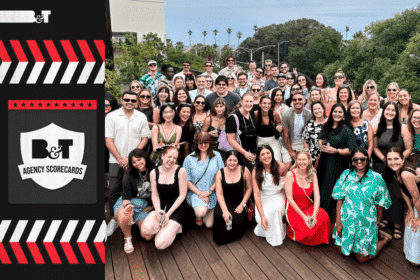The average human’s attention span dropped from 12 seconds in 2000 down to eight seconds in 2013, according to the National Centre for Biotechnology Information.
That officially places us behind the intellectual might of goldfish which boast a full nine second attention span.
US-based marketing software company Signal’s senior vice president of marketing, Joe Stanhope, told yesterday’s Forrester Research Summit for Marketing and Strategy Professionals that marketers need to have a strategy in place to manage this shorter attention span.
“We’re fighting for a smaller share of a very specific consumers’ attention span,” he said.
“You have to move across all these different devices and keep their attention, be continuous, keep relevant and you have eight seconds to do it. Go. You’d have better odds with a goldfish.”
Developing a strategy and marketing plan to keep the consumer’s attention span is now a very challenging environment, according to Stanhope. The fact that it’s fallen to eight seconds enforces the notion that disruption in the marketing landscape is well under way.
While Stanhope said it’s frustrating as it’s piling new strategies on top of old ones, this can actually be a great opportunity for marketers as everyone is affected by this.
The traditional “brute force” approach to marketing doesn’t work anymore.
“There’s a brute force answer to every marketing problem,” he said. If you’ve come across a problem in your marketing, Stanhope said companies will generally get more data and more technology, but they haven’t actually solved the problem itself.
“It doesn’t work or none of us would be here today.” Instead of using this “brute force” approach and buying a whole heap more data and tech gadgets to solve the issue, Stanhope said marketers need to make the current data and technology work better together.
There is no one piece of technology you can buy off the shelf that does everything for customers at every touch point, Stanhope said we need to integrate the technology we do have properly into our marketing strategies.
Marketers need to make sure all the data is across a brand’s myriad of touch points and interactions and then synhronise it. Marketers then need to take action in the right location at the right time.
“We only have eight seconds.”








